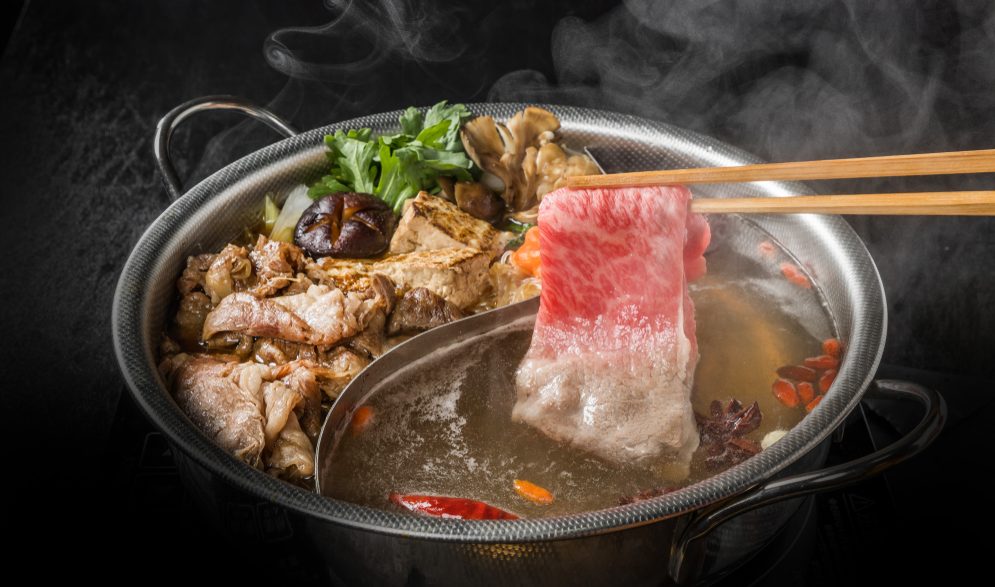Leadership
• 6 minute read
The Success Story of Little Sheep: A Case Study

Unlike foreign fast food chains, the average life of a restaurant in mainland China is less than three years. How did Little Sheep grow from a small local restaurant to a modern franchise company?
By Zhang Ru, PhD student, School of Accountancy, CUHK Business School
When we think of restaurant business, some brand names, such as McDonald’s and Kentucky Fried Chicken (KFC) immediately came to our mind. Both of these fast food giants began from a small humble joint to a worldwide chain. Founded in 1940, McDonald’s has grown from a family burger stand to a global fast food empire. Similarly, Kentucky Fried Chicken (KFC) was first a roadside restaurant during the Great Depression before its first franchise shop was set up in 1952. Now it has become a star brand in YUM! Brands Corporation, one of the world’s largest restaurant companies. Unlike these foreign fast food chains, the average life of a restaurant in mainland China is less than three years. In China, there are very few restaurants who can manage to operate in the full scale of modern corporations like McDonald’s and KFC. However, Little Sheep stands out as an exception.
Adopting Strategic Management
The Chinese restaurant industry is significantly fragmented because it is very difficult to standardize its food and quality, a factor crucial to reach a larger scale of operation. According to AlixPartners 2010 China Restaurant & Food service Review, the number of restaurants in China is vastly higher than in the U.S. (5.1 vs 0.9 million restaurants); nevertheless, The Top 100 restaurant chains in China only had a six percent overall market share as compared to 45 percent of the market share in the U.S. in 2009.
Relying heavily on the chef, it is hard for restaurants to achieve consistency. However, the do-it-yourself style in hot pot restaurants offers an advantage in replicating their business model.
With an aggressive franchising strategy, Little Sheep expanded radically; however, its brand value was undermined with weak management and lack of standardization during the early expansion stage. In 2004, industry veteran Lu Wenbing was invited by founder Zhang Gang to restructure Little Sheep. Lu found that there were nearly 700 Little Sheep restaurants existing on their own with no coordination from the headquarter. He then advised Gang to curtail the company’s growth, and scale back the franchises until the management was strengthened.
Lu shifted the strategy from franchise-oriented to a mix of franchise and company-owned solution. With the increase in company-owned restaurants, Little Sheep gradually regained its ability to monitor the franchise system. The introduction and implementation of IT system also allowed the company’s headquarter to closely monitor the operation, establish centralized purchasing, and exercise financial discipline. Lu also revamped the structure of the board by bringing in visionary industry experts. Besides, he degraded almost all the senior and middle managers and encouraged them to participate in an open recruitment on the basis of fair play. Gradually, Lu was able to form a competitive top management team who are knowledgeable, with the vision to build a long lasting organization.
It is worth noting that the lack of financial resources has resulted in Little Sheep’s over dependence on franchising. To sustain the company’s growth and maintain control, Lu had to bridge the financing gap. In addition to bank loans and private financing from managers, employees and other business partners, Lu managed to leverage on two private equity firms. In June 2006, 3i and Prax Capital agreed to invest US$25 million for a minority stake in Little Sheep, which enabled Little Sheep to build the most advanced, integrated cold-chain system in China, and expanded into other business lines, including the processing and sales of lamb and soup base products and the wholesale distribution of fresh and dry foods. Meanwhile, superior logistics and supply chain also ensured food safety and a standardized taste of cuisine. By far, Little Sheep has succeeded in transforming to a modern company which centrally controlled its franchise system.
Introducing PE and Going Public
The introduction of two PE firms not only provided Little Sheep with sufficient financial assistance, but also their valuable network. Nish Kankiwala, former president of Burger King International, was invited by 3i to join Little Sheep’s board. Wang Daizong, impressed by Little Sheep’s business model and Zhang Gang’s open mind, resigned from 3i and became Little Sheep’s new CFO in October 2007. Similarly, Yuka Yeung, one of the independent directors and the former CEO of KFC’s Hong Kong franchise, joint the company as COO. The newly constituted board added depth to the management team, and brought Yum practice to Little Sheep. Overall, PE largely facilitated the standardization of operation, improved reputation and speeded up Little Sheep’s listing process. Moreover, the withdrawal of PE companies afterwards delicately made a match of Little Sheep with Yum.
The Founder Behind Little Sheep’s Evolution
From a small local restaurant to a modern franchise company, Little Sheep has been able to evolve and adapt to the changing business environment, thanks to its founder Zhang Gang. His open mind and vision for the company has enabled the company to leverage on experts and capital financing.
For private enterprises, it is a double-edged sword to gain financial resources and high-quality professionals at the cost of equity dilution. As such, over concern about losing control rights has retarded the growth of most private enterprises. Apparently, Zhang thought differently and acted adventurously. His design in the ownership structure has helped to bring about the right balance. Through the introduction of ‘passive investors’ and a pyramid ownership structure, Zhang managed to leverage on equity financing without losing control rights.
In addition, Zhang’s personality is a key success factor for his shop to grow into an empire. His charisma and enthusiasm become ‘the heart and soul’ of his own business. As Wang Daizong said in an interview with the media, “In Inner Mongolia, everything operates in a ‘circle’. In this ‘circle’, politics and business are closely linked to human and moral bond. Each share in Little Sheep originates from Zhang Gang. Hence, the absolute loyalty belongs to Zhang Gang de facto.”
In this case, Zhang has made a wise and visionary choice by accepting the privatization deal when he found that the relationship between the founders and professionals were incompatible. He has realized Little Sheep’s limited capacity to achieve a higher milestone, and is willing to move with the times. Yum! Brands Corporation is possibly the best lottery for him to turn his company into a century-old shop.
Note:This article is rewritten based on the Chinese article: A Case Study About Little Sheep Restaurant: IPO and Founder Exit in Chinese Private Firms by Professor Joseph Fan and the author published in New Fortune Magazine, April, 2013.


